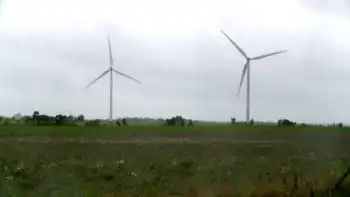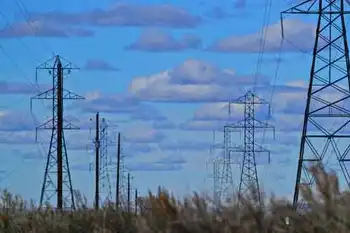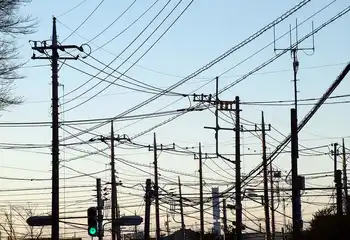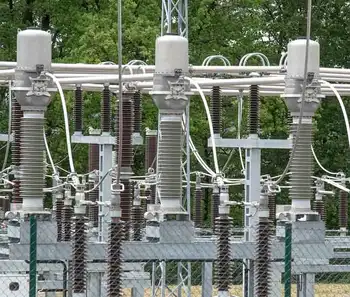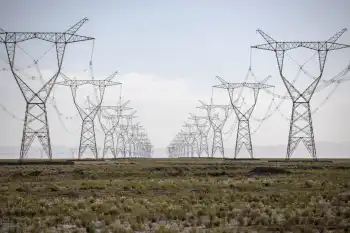SunWize completes 309 kW installation for the VA
By Earthtoys
High Voltage Maintenance Training Online
Our customized live online or in‑person group training can be delivered to your staff at your location.

- Live Online
- 12 hours Instructor-led
- Group Training Available
The installation is the first solar electric project in a Veterans Affairs-wide push to use renewable energy and improve energy efficiency.
On January 24th, 2007, President Bush signed an executive order for Federal agencies to improve energy efficiency and reduce greenhouse gas emissions by 3% per year or 30% by the end of 2015. In response, the VA developed a comprehensive department-wide energy management plan and surveyed its major facilities for their solar, wind, geothermal, and biomass energy potential. Their evaluation identified the Loma Linda, CA and Dallas, TX facilities as the top candidates for photovoltaic (PV) systems.
SunWize Power Systems responded to the VAÂ’s requests for quotes and was awarded both contracts.
The Loma Linda Medical Center PV system, completed in September, is expected to save the hospital approximately $60,000 a year in electricity costs. It consists of 1,584 Sanyo 195-watt PV modules roof mounted onto SunLink racks. The system utilizes an Advanced Energy Solaron 333-kW inverter and is monitored by Fat Spaniel Technologies. It is one of the highest efficiency systems available today.
“An installation of this size presented considerable challenges due to 24/7 hospital operation,” states Larry Barrett, Energy Manager at the Jerry L. Pettis Memorial Medical Center. “We are appreciative of the expert project and construction management of SunWize and their ability to work within the many location, timing and safety constraints. We are also impressed by the quality of the installation and the attention to detail.”
”Hospitals are big users of energy, so whatever the VA can do to become a good ’green’ neighbor will benefit all of us, both in the short and long terms,” said Dr. James B. Peake, Secretary of Veterans Affairs in a prior statement. “I’m proud of these innovative steps our people are taking and look for them to expand.”
“We are pleased and honored to work with the VA and the Medical Center in Loma Linda in their effort to increase the use of renewable energy. SunWize applauds their recognition that solar electric is already a viable electric power solution” adds David Kaltsas, SunWize Executive Vice President.






